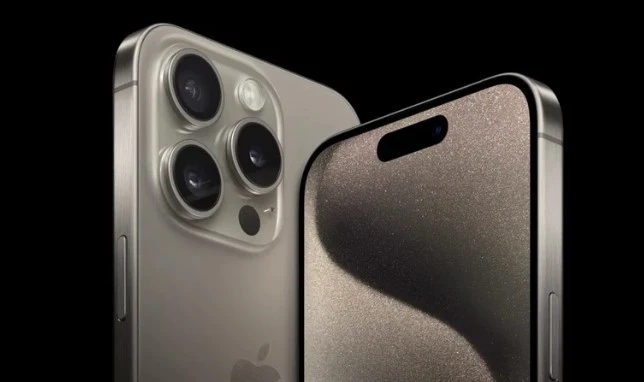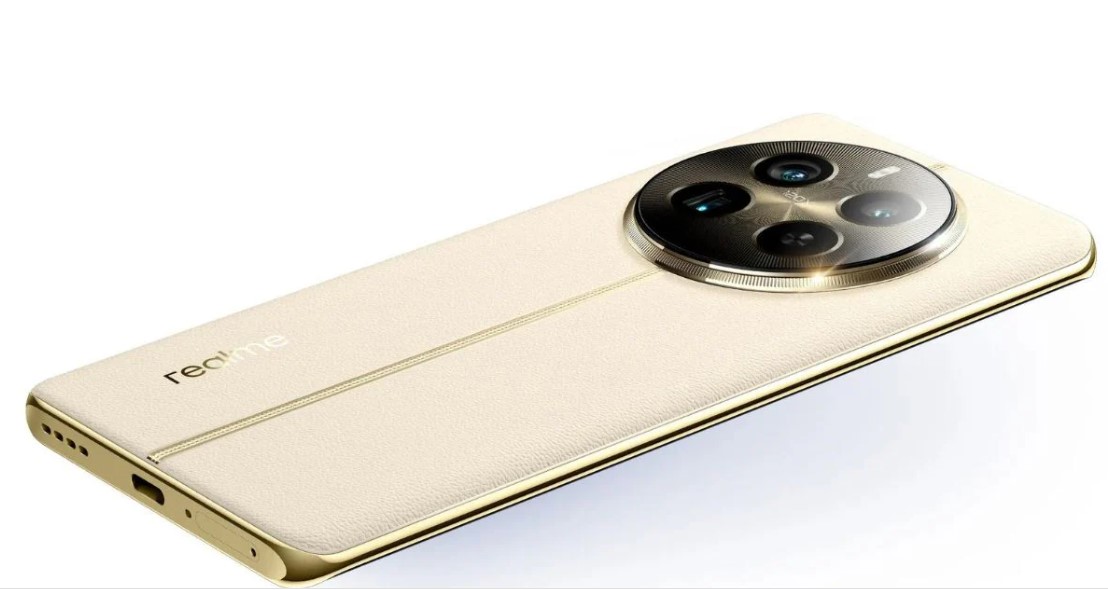September 10, 2025, Cupertino, CA: – In an interesting shift away from tradition, Apple has launched the all-new iPhone Air, replacing the “Plus” variant in its 2025 flagship lineup. Touted as the thinnest iPhone ever, the iPhone Air enters the market with a 5.6mm profile and a weight of just 165 grams, ushering in a new era of ultra-slim smartphones. But beneath its stunning exterior lies a debate: has Apple traded functionality for finesse?
Design Revolution or Risky Bet?
The iPhone Air borrows inspiration from Apple’s own MacBook Air, a product synonymous with sleek design and lightweight form. But translating that DNA into a smartphone raises new questions about durability and user experience.
At 5.6mm, the iPhone Air is almost half the thickness of the iPhone 15 Pro Max, sparking concerns among users about structural integrity. While Apple touts reinforced materials to maintain durability, early reactions suggest that not all consumers are convinced, particularly those who prioritize sturdiness over style.
A Single Camera on a Premium Device?
Another controversial design choice is the inclusion of just one rear camera: a 48MP sensor. While this aligns with Apple’s minimalistic philosophy, it marks a stark departure from the multi-lens setups consumers have come to expect on high-end devices.
Apple previously tested the waters with the iPhone 16e, which also had a single camera. The market response was lukewarm, hinting that Apple’s latest decision may face similar skepticism, especially at this price point.
eSIM-Only: A Global Gamble

In a first for Apple, the iPhone Air is launching without a physical SIM slot in all markets, including India and China, regions where dual SIM usage is a norm, not an exception.
By going eSIM-only, Apple is signaling a full commitment to the future of digital SIM technology. However, in markets with inconsistent eSIM adoption, this move could alienate a section of potential buyers who value flexibility and international usability.
Battery Life: Form Factor vs Functionality
Apple claims the iPhone Air can handle “all-day use” on its 3,100mAh battery—a number smaller than even Samsung’s Galaxy S25 Edge. Critics argue that Apple’s confidence in battery optimization may be overly ambitious.
To counter potential power concerns, Apple has introduced a MagSafe battery pack tailored specifically for the iPhone Air, an unusual move that indirectly acknowledges the battery limitations of such a thin form factor.
Pricing and Market Positioning
In India, the iPhone Air starts at Rs 1,19,900, the same price point as last year’s iPhone 16 Pro. At this premium tier, consumers typically expect top-tier hardware, multiple cameras, and more flexibility, not just a visually appealing design.
The real test will be whether consumers are willing to pay Pro-level prices for a phone that prioritizes form over function.





